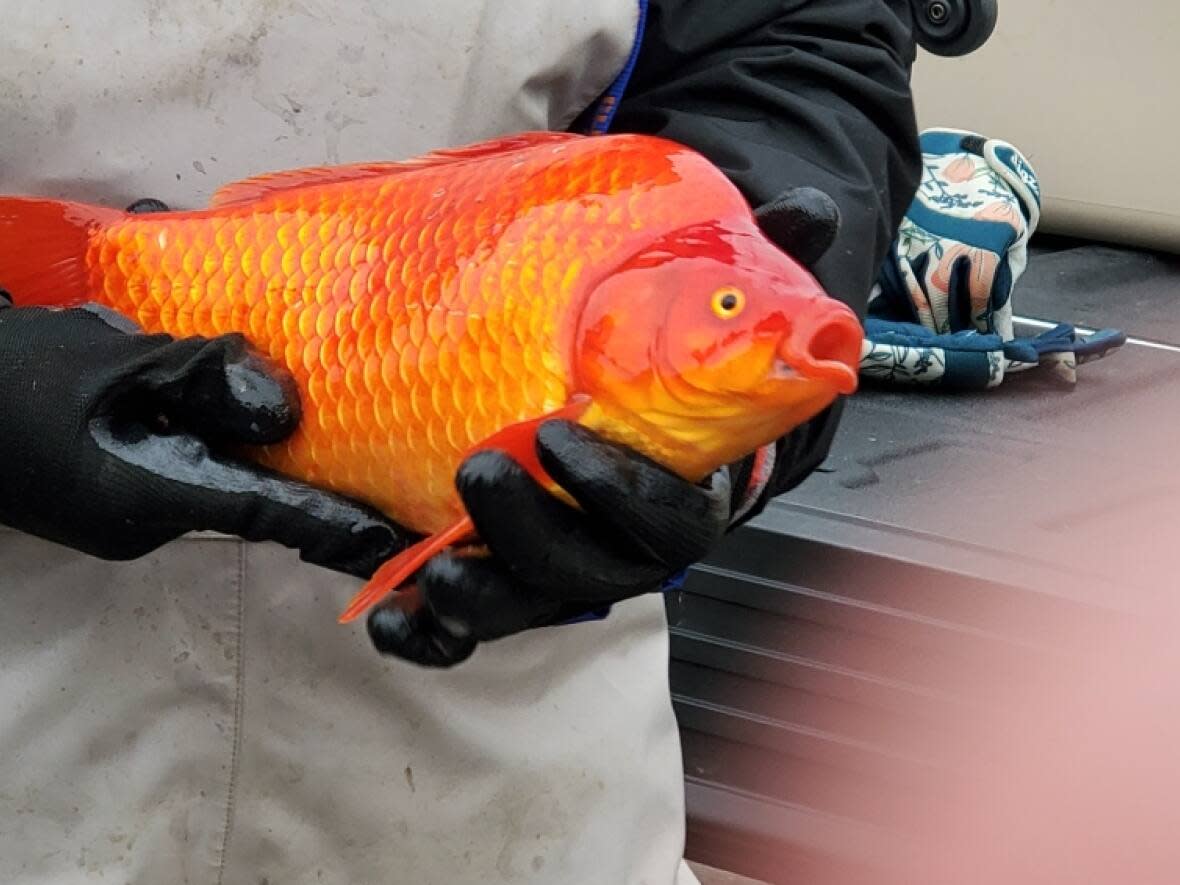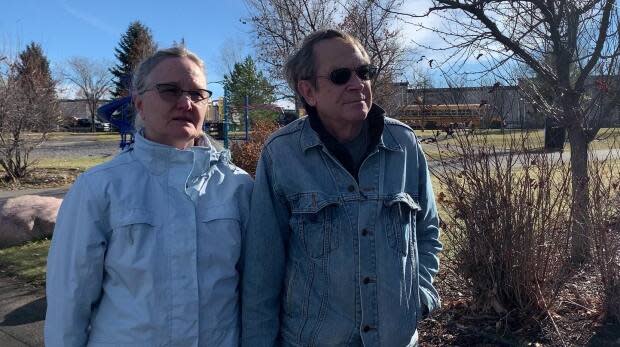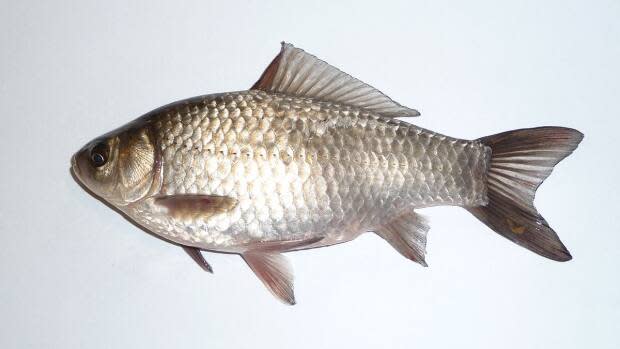These aquatic invaders pose a big risk in Alberta

It might seem like the humane thing to do with unwanted fish — bring them to a river and release them.
Experts say this happens all the time with seemingly non-threatening species of fish. But certain invasive species, such as goldfish and Prussian carp, pose significant risks to Alberta's aquatic habitats.
In Lethbridge, Alta., goldfish and other aquarium species like koi have become problematic at three ponds: Firelight Park, Chinook Lake and Elm Groves Pond.
"These populations are a direct result of somebody putting fish in the storm ponds," said Jackie Cardinal, the parks natural resource co-ordinator for the city.
"They're not native … people have put them in there on purpose, and then they take over, creating this huge issue."

These species alter aquatic habitats and can out-compete native species for resources.
And Lethbridge isn't the first Alberta community to face issues related to these unwanted invaders.
Invading the Prairies
Nicholas Mandrak, a professor at the University of Toronto who has spent much of his career studying invasive fish species in Canada, says impacts on water systems vary by species.
Prussian carp, like goldfish and common carp, will uproot vegetation in order to find food. When that happens, the fish kill vegetation that may act as nutrient sinks in sewage lagoons or drinking water ponds.
"That would lead to higher nutrients in the water itself that may actually lead to algal blooms," Mandrak said. "But also, that vegetation in natural systems is habitat for our native species. That's where our native species spawn.
"And their nursery habitats for the young are these vegetated areas. And when you lose that vegetation, you lose that spawning and nursery habitat."

While Prussian carp can look almost identical to goldfish, there are important distinctions.
"Prussian carp have a colder water tolerance than goldfish, and that's likely the reason why they do so well on the Prairies," Mandrak said. "They've quickly spread from Alberta eastward, and are making their way toward Manitoba."
Mandrak says the fish can also become an issue from a human health perspective, as they can prompt algal growth, particularly blue-green algae.
"We know that they've gone from these ponds in which they were undoubtedly released in and they moved into the wild," he said.
"The problem is, with any invasive species, is once it's established, and it's reproducing, it's very difficult to eradicate completely."
By the bioload
In Lethbridge, the city began taking an inventory of invasive species on Oct. 27. Mitigation work is planned for summer 2022.
Each of the stormwater ponds in the city were constructed to support a certain amount of life, contributing to what is called a bioload, said Lauren Zink, a PhD candidate at the University of Lethbridge who is working in the Pyle Laboratory for Aquatic Health.
"Each of these ecosystems, or stormwater ponds, have a particular amount of bioload that they are able to sustain long-term," she said.
"When we have species that are invasive … [they] disrupt that balance of the ecosystem."

The presence of invasive species also creates potential issues of resource competition.
"Goldfish specifically are prolific breeders and have the ability to expand their population numbers rapidly," Zink said.
"They eat a lot, and they grow very, very fast, and they're a very hearty and robust species, meaning they're able to withstand suboptimal environments."

The lasting message, according to Mandrak, should be that the best way to manage invasive species is to prevent them from being introduced in the first place.
"If we fail to prevent that from happening, then as soon as we find them, we must attempt to eradicate them, remove them from the system," he said.
"There are virtually no cases of successful eradication once invasive species start reproducing. So, it's key to prevent them from getting into the wild in the first place."
CBC Calgary has launched a Lethbridge bureau to help tell your stories from southern Alberta with reporter Joel Dryden. Story ideas and tips can be sent to joel.dryden@cbc.ca.


